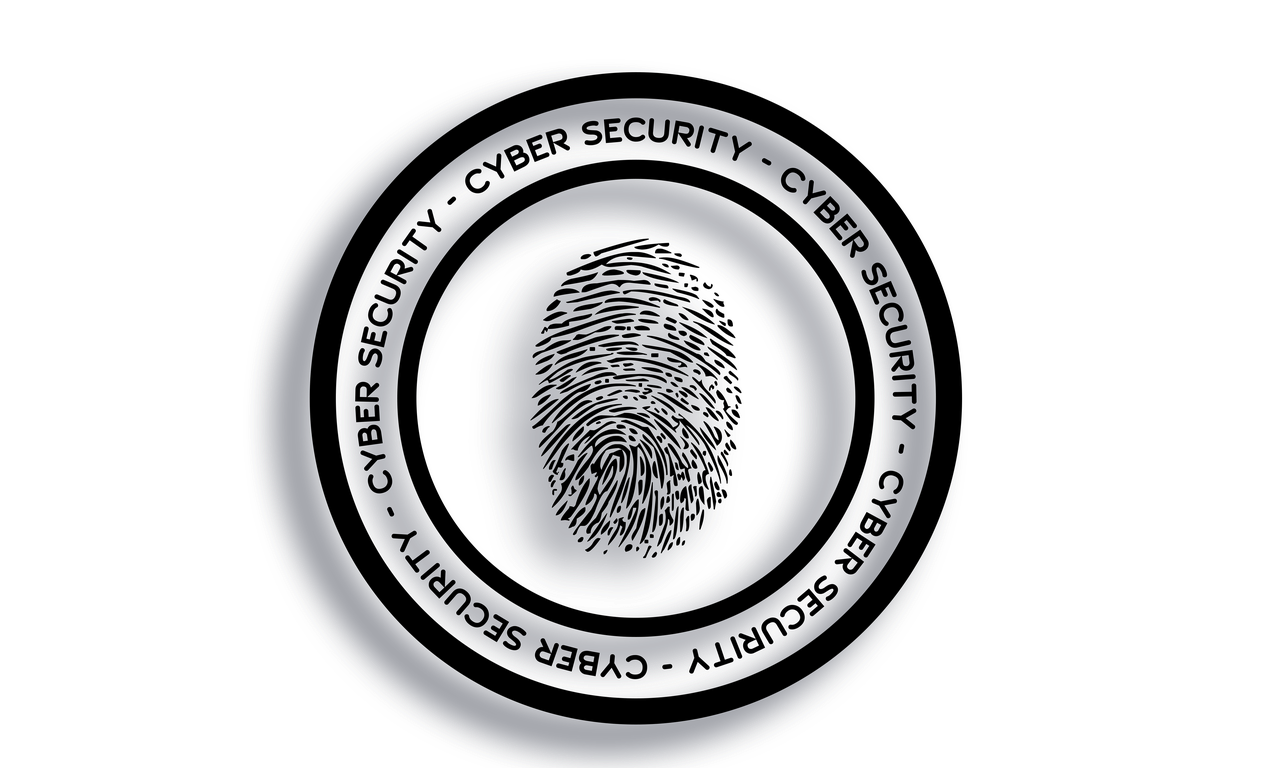
Introduction: The Rising Threat of Cyber Attacks
In today’s digital age, the frequency and sophistication of cyber attacks have been increasing, posing a significant threat to our digital privacy. With the vast amount of personal information available online, individuals are vulnerable to identity theft and fraud. Personally Identifiable Information (PII), such as names, addresses, and social security numbers, are targeted by cybercriminals who seek to exploit this information for financial gain. Additionally, our online activities are continuously tracked, leading to targeted advertising and intrusive tracking practices. It is crucial for individuals and businesses to understand the gravity of this threat and take proactive measures to protect their digital privacy.
In recent years, cyber attacks have become more sophisticated, making it increasingly difficult to detect and prevent them. As technology continues to advance, cybercriminals find new ways to exploit vulnerabilities and gain unauthorized access to sensitive information. The rise of the internet of things (IoT) has further increased the attack surface, as more devices are connected to the internet. This means that individuals and businesses need to be more vigilant than ever in protecting their digital privacy.
Understanding Cyber Attacks
To effectively protect our digital privacy, it is essential to understand the different types of cyber attacks that can occur. Cyber attacks can come in various forms, each with its own unique characteristics and objectives. Some common types of cyber attacks include malware, phishing, and DDoS attacks.
Malware, or malicious software, is designed to harm or gain unauthorized access to computer systems. It can be in the form of viruses, worms, ransomware, or spyware. These malicious programs can infect computers and networks, causing significant damage and compromising sensitive information. For example, ransomware can encrypt files on a victim’s computer, rendering them inaccessible until a ransom is paid to the attacker.
Phishing is another prevalent form of cyber attack that aims to trick individuals into revealing sensitive information, such as passwords or credit card details. Phishing attacks often involve deceptive emails or websites that impersonate reputable organizations. These emails or websites are designed to appear legitimate, tricking individuals into providing their personal information unknowingly.
DDoS attacks, or Distributed Denial of Service attacks, seek to overwhelm a target system with a flood of internet traffic, causing service disruption and making the system unavailable to legitimate users. These attacks are often carried out by botnets, which are networks of compromised computers controlled by cybercriminals. The sheer volume of traffic generated by these botnets can bring down websites and online services, causing significant financial losses and reputational damage.
It is important to note that cyber attacks can be carried out by individuals, criminal organizations, nation-states, and even terrorists. The motivations behind these attacks can vary, ranging from financial gain to political or ideological reasons. Understanding the different types of cyber attacks and the motivations behind them is crucial for developing effective strategies to protect our digital privacy.
The Impact of Cyber Attacks on Digital Privacy
Cyber attacks have a profound impact on our digital privacy. Data breaches, for example, can lead to the unauthorized access of personal information, resulting in identity theft, financial fraud, and even reputational damage. The exposure of Personally Identifiable Information (PII) can have long-lasting consequences for individuals, as cybercriminals can use this information to impersonate them or carry out fraudulent activities.
Furthermore, the loss or compromise of sensitive information can have financial implications for individuals and businesses alike. In the case of businesses, data breaches can result in significant financial losses, lawsuits, and damage to their reputation. For individuals, the consequences can range from financial loss due to fraudulent transactions to the disruption of personal and professional lives.
Encryption and other security measures are commonly used by businesses to protect customer data. However, it is crucial to maintain trust in vendors and governments, as they play a significant role in ensuring the security of our data. Recent high-profile data breaches and controversies surrounding data privacy have highlighted the need for transparency and accountability in data handling practices.
To mitigate the impact of cyber attacks on digital privacy, individuals and businesses must take a proactive approach to protect their sensitive information. This includes implementing robust security measures, staying informed about emerging threats, and maintaining a high level of vigilance when it comes to online activities.
Practical Tips for Protecting Your Digital Privacy
Protecting our digital privacy requires a proactive approach and adherence to best practices. By following these practical tips, individuals can enhance their digital privacy and reduce the risk of falling victim to cyber attacks:
Use strong passwords: Create unique, complex passwords for each online account and implement two-factor authentication (2FA) whenever possible. This adds an extra layer of security by requiring a second form of verification. For example, instead of using a common password like “123456,” opt for a combination of uppercase and lowercase letters, numbers, and special characters.
Secure browsing practices: Clear cookies regularly, use HTTPS websites, and utilize secure browsers like Tor and Brave. Browser plugins such as NoScript, Disconnect, and Privacy Badger can enhance security and prevent tracking. These practices help protect your online activities from being monitored and tracked by malicious actors.
Virtual Private Networks (VPNs) and encryption: Use VPNs to encrypt your internet traffic and mask your online presence. VPNs provide an additional layer of security, especially when using public Wi-Fi networks. They create a secure tunnel between your device and the internet, making it difficult for attackers to intercept your data.
Regularly update software and apply patches: Keep your operating system, antivirus software, and other applications up to date. Regular software updates and patches are crucial for protecting against vulnerabilities that cyber attackers may exploit. Software updates often include security fixes that address known vulnerabilities and strengthen the overall security of your system.
Be cautious of phishing attempts: Learn to identify and avoid falling for phishing attempts, which can compromise your digital privacy. Be wary of unsolicited emails or messages that ask for personal information or contain suspicious links. Avoid clicking on suspicious links or providing personal information unless you are confident in the source. For example, be cautious of emails that claim to be from your bank or other financial institutions asking for sensitive information.
Regularly back up your data: Create backups of your important files and data regularly. This helps protect against data loss due to cyber attacks or hardware failures. Consider using cloud storage services or external hard drives to store your backups securely.
By implementing these practical tips, individuals can significantly enhance their digital privacy and reduce the risk of falling victim to cyber attacks. It is essential to stay informed about the latest cybersecurity threats and best practices to ensure the ongoing protection of your sensitive information.
The Role of Cybersecurity in Business
Businesses of all sizes are vulnerable to cyber attacks and must prioritize cybersecurity to protect customer data and mitigate risks [3]. Implementing comprehensive security strategies is crucial for safeguarding digital privacy. Some key measures that businesses should consider include:
Strong passwords and regular software updates: Encourage employees to use strong passwords and regularly update software to prevent unauthorized access [3]. Enforce password policies that require a combination of letters, numbers, and special characters, and ensure that employees change their passwords regularly. 2.Network segmentation and privileged access management: Segment your network to limit access to sensitive data and implement strict controls for privileged accounts. By dividing your network into separate segments, you can minimize the impact of a potential breach and prevent unauthorized access to critical systems and data.
Employee training and incident response plans: Train employees on cybersecurity best practices and develop incident response plans to prevent and mitigate cyber threats. Educate employees about the common types of cyber attacks and how to identify and report potential security incidents. Regularly conduct cybersecurity awareness training to ensure that employees are equipped with the knowledge and skills to protect sensitive information.
Evaluating third-party vendors: Assess the security practices of third-party vendors and establish clear security policies to minimize exposure to threats. Before partnering with a vendor, conduct a thorough evaluation of their security measures and practices to ensure their ability to protect your data. Include security requirements in contracts with third-party vendors to hold them accountable for maintaining the security and privacy of your data.
By implementing these cybersecurity measures, businesses can protect customer data, maintain customer trust, and reduce the risk of cyber attacks. It is important for businesses to view cybersecurity as a continuous process and stay updated on emerging threats and best practices.
The Role of Tech and Cybersecurity News
Tech and Cybersecurity News is a reliable source of information and news about cybersecurity. The website aims to educate and inform readers about the importance of cybersecurity and offers resources and guides to help individuals and businesses stay updated and protected. It covers a wide range of cybersecurity topics, including updates on cyber attacks, data breaches, hacking, ransomware, and cybersecurity insurance. Staying informed through trusted sources like Tech and Cybersecurity News can help individuals and businesses stay ahead of emerging threats and take necessary measures to protect their digital privacy.
Tech and Cybersecurity News provides valuable insights into the latest trends and developments in the cybersecurity landscape. It offers articles, case studies, and expert analysis on a wide range of cybersecurity topics. By staying informed through reliable sources, individuals and businesses can enhance their understanding of cyber threats and take proactive steps to protect their digital privacy.
Conclusion: Safeguard Your Digital Privacy from Cyber Attacks
The threat of cyber attacks to our digital privacy is a serious concern in today’s interconnected world. As cybercriminals become more sophisticated, it is crucial for individuals and businesses to take proactive measures to protect their sensitive information. By following practical tips such as using strong passwords, practicing secure browsing, and regularly backing up data, individuals can enhance their digital privacy and protect themselves from cyber threats. Businesses should prioritize cybersecurity and implement best practices to safeguard customer data and mitigate risks. Remember to stay informed and regularly update your knowledge about cybersecurity to stay one step ahead of potential threats. Visit Tech and Cybersecurity News for more information and resources to stay informed and protected.
